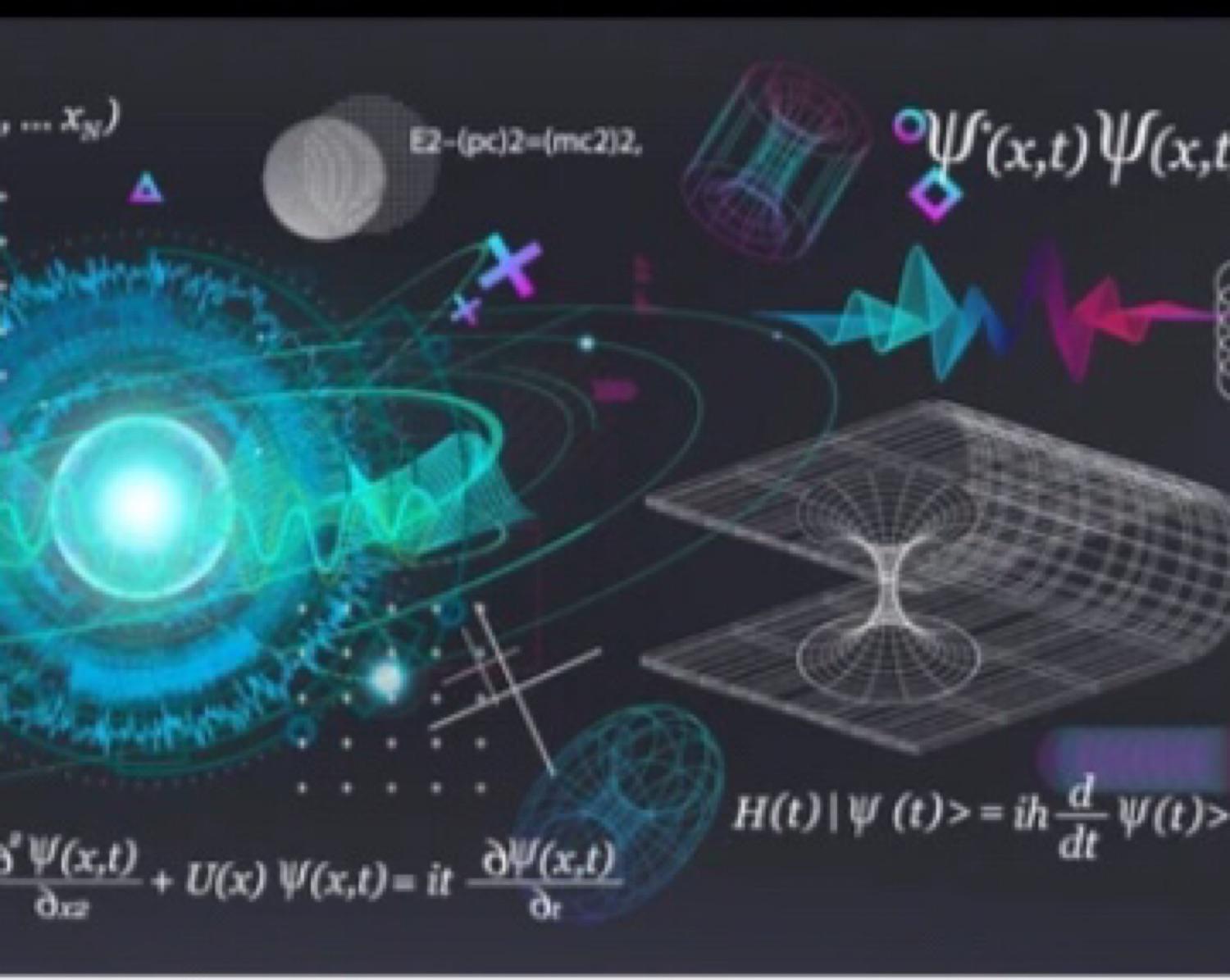Quantum mechanics' equation
In quantum mechanics, the equation
- H^ψn=Enψn
Where,
- E = the energy corresponding to a wave function
- V = the potential
- H^ = the Hamiltonian operator
The equation is analogous to the equation:
E=T+V
15
179 reads
CURATED FROM
IDEAS CURATED BY
Highschool Student who has passionate interest in different sciences and World history.
The idea is part of this collection:
Learn more about scienceandnature with this collection
The differences between Web 2.0 and Web 3.0
The future of the internet
Understanding the potential of Web 3.0
Related collections
Similar ideas to Quantum mechanics' equation
Quantum Mechanics
In quantum mechanics, particles do not possess well-defined positions and speeds. Rather, these values are represented by something called a wave function.
A wave function is a set of numbers, each one representing a different point of space. The size of the wave function ...
Thermochemistry basics
The law of Conservation of Energy refers to an isolated system in which there is no net change in energy and where energy is neither created nor destroyed. Although there is no change in energy, energy can change forms, for example from potential to kinetic energy. In ot...
Erwin Schrödinger proposed a paradox
Erwin Schrödinger was a Nobel prize-winning physicist. Schrödinger proposed a paradox in 1935 to illustrate a point in quantum mechanics about the nature of wave particles.
At the center of quantum theory is the idea of a wave function. A wave-function describes all the possible states sub...
Read & Learn
20x Faster
without
deepstash
with
deepstash
with
deepstash
Personalized microlearning
—
100+ Learning Journeys
—
Access to 200,000+ ideas
—
Access to the mobile app
—
Unlimited idea saving
—
—
Unlimited history
—
—
Unlimited listening to ideas
—
—
Downloading & offline access
—
—
Supercharge your mind with one idea per day
Enter your email and spend 1 minute every day to learn something new.
I agree to receive email updates



